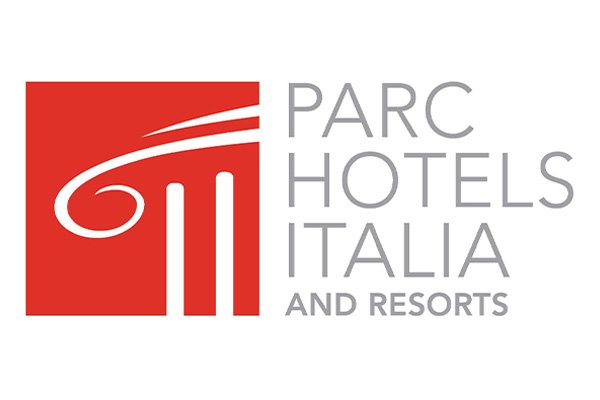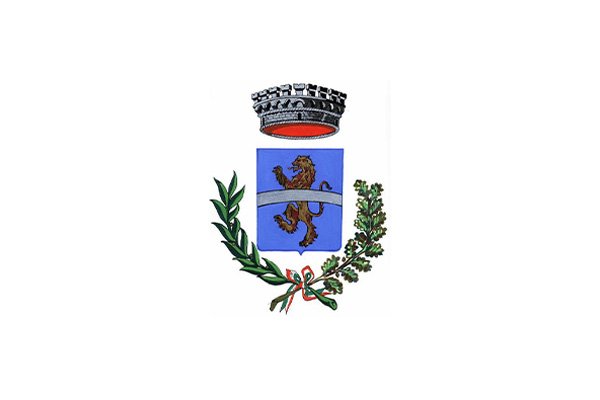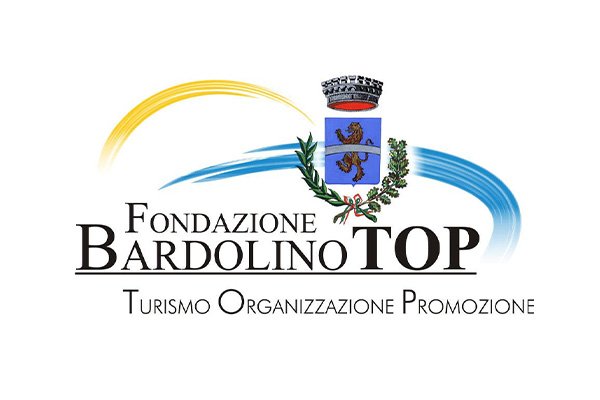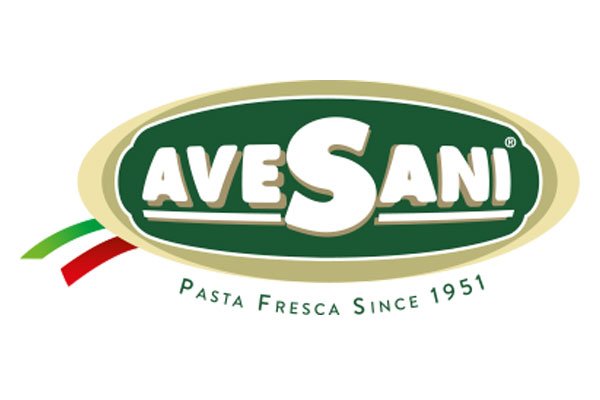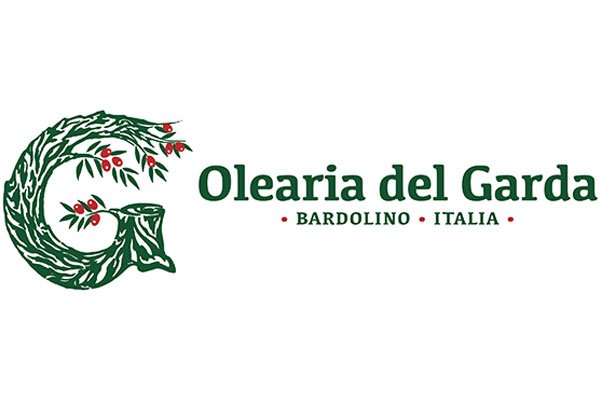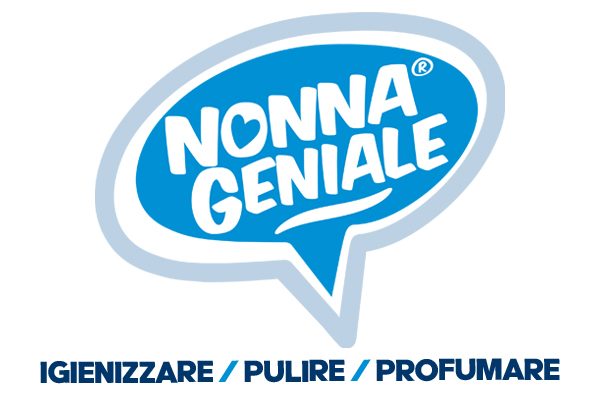Bardolino, a tourist town in the Veneto region, is located on the Verona side of Lake Garda. It’s a popular destination for tourists, especially in the German area, thanks to its mild climate in winter and warm in summer. The Municipality offers a wide choice of accommodation ranging from over fifty hotels to extra-hotel facilities and campsites. Numerous proposals in the field of catering and trade.
Bardolino is located in a natural setting rich in greenery. Do not miss the opportunity to take scenic walks inland admiring the characteristic olive groves or the extensive vineyards that produce Bardolino wine, a brand known worldwide. Bardolino is not just a seaside or rural holiday: it also boasts the title of spa town thanks to the development of important wellness centers.
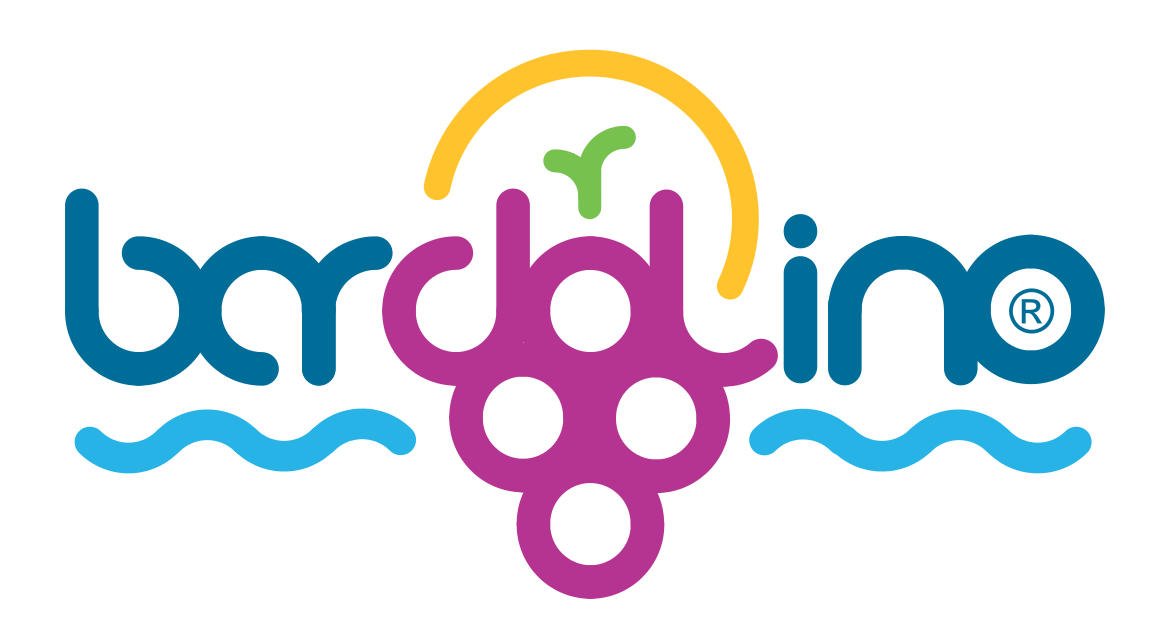
Bardolino is easily reachable from the highway, twenty minutes from Villafranca airport, and has always been a destination for tourists who appreciate the Garda cuisine, the tranquility of the place and the nightlife of the village that comes alive with its many clubs. Multiple entertainment events ranging from popular festivals to real events as well as numerous opportunities for hiking and biking in the lake hinterland. And for those who want to spend a day full of thrills, there is no shortage of choice given the proximity to Gardaland, the most famous amusement park in Italy, or to Movieland Studios in Lazise.
The art cities (Verona, Venice) are connected by bus and train and offer the opportunity for a day trip back to Bardolino where you can restore your energy and set off for another adventure on the shores of the largest lake in Italy.
Bardolino. Remote and Longobard origins
The name derives from the Lombard “bardus” or “Longobardo”. In Bardus we add the suffix olus for Bardolus to which the second suffix of pertinence is added, inus [divus + inus = divinus or rather of god]. That is “Small place of the Longobards”. The origin of the village is very remote and certainly dates back to the Italica palafitticola civilization: traces of a palafitticolo village are present in Cisano. There are numerous findings that attest to a life in the territory in Roman times, such as coins, cippi, tombstones, sculptures, some visible in many parts of the municipal territory; as well as cemetery findings. Also many local toponyms testify to a Latin civilization, with them many remains of Roman walls show the presence of fixed buildings. Not to forget the tradition of a predilection of the Romans for the Garda, which finds among the main elements the Sirmione of the Baths and of Catullus.
Bardolino is mentioned in archival sources in the year 853, Calmasino in 882 and Cisano in 915. The original castle was built at the end of the ninth century. Subsequently the castle was continually redone and enlarged until the age of the Scaligeri, when it assumed the form still visible today in the tower, in the gates and in the progress of the streets. Bardolino followed the fortunes of the Veronese seigniory of the Scaligeri, underwent the dominion of the Visconti and from 1405 to 1797 that of the Serenissima Republic of Venice. In 1798 it passed under Austria, then under the reign of Napoleonic ltaly and then under the Lombard-Veneto Kingdom. In 1848 Bardolino rebelled against the Austrian troops with the consequent reactions: fires, looting and shooting. Finally, in 1866 Bardolino became part of the Kingdom of Italy.

Bardolino, a tourist town in the Veneto region, is located on the Verona side of Lake Garda. It’s a popular destination for tourists, especially in the German area, thanks to its mild climate in winter and warm in summer. The Municipality offers a wide choice of accommodation ranging from over fifty hotels to extra-hotel facilities and campsites. Numerous proposals in the field of catering and trade.
Bardolino is located in a natural setting rich in greenery. Do not miss the opportunity to take scenic walks inland admiring the characteristic olive groves or the extensive vineyards that produce Bardolino wine, a brand known worldwide. Bardolino is not just a seaside or rural holiday: it also boasts the title of spa town thanks to the development of important wellness centers.
Bardolino is easily reachable from the highway, twenty minutes from Villafranca airport, and has always been a destination for tourists who appreciate the Garda cuisine, the tranquility of the place and the nightlife of the village that comes alive with its many clubs. Multiple entertainment events ranging from popular festivals to real events as well as numerous opportunities for hiking and biking in the lake hinterland. And for those who want to spend a day full of thrills, there is no shortage of choice given the proximity to Gardaland, the most famous amusement park in Italy, or to Movieland Studios in Lazise.
The art cities (Verona, Venice) are connected by bus and train and offer the opportunity for a day trip back to Bardolino where you can restore your energy and set off for another adventure on the shores of the largest lake in Italy.
Bardolino. Remote and Longobard origins
The name derives from the Lombard “bardus” or “Longobardo”. In Bardus we add the suffix olus for Bardolus to which the second suffix of pertinence is added, inus [divus + inus = divinus or rather of god]. That is “Small place of the Longobards”. The origin of the village is very remote and certainly dates back to the Italica palafitticola civilization: traces of a palafitticolo village are present in Cisano. There are numerous findings that attest to a life in the territory in Roman times, such as coins, cippi, tombstones, sculptures, some visible in many parts of the municipal territory; as well as cemetery findings. Also many local toponyms testify to a Latin civilization, with them many remains of Roman walls show the presence of fixed buildings. Not to forget the tradition of a predilection of the Romans for the Garda, which finds among the main elements the Sirmione of the Baths and of Catullus.
Bardolino is mentioned in archival sources in the year 853, Calmasino in 882 and Cisano in 915. The original castle was built at the end of the ninth century. Subsequently the castle was continually redone and enlarged until the age of the Scaligeri, when it assumed the form still visible today in the tower, in the gates and in the progress of the streets. Bardolino followed the fortunes of the Veronese seigniory of the Scaligeri, underwent the dominion of the Visconti and from 1405 to 1797 that of the Serenissima Republic of Venice. In 1798 it passed under Austria, then under the reign of Napoleonic ltaly and then under the Lombard-Veneto Kingdom. In 1848 Bardolino rebelled against the Austrian troops with the consequent reactions: fires, looting and shooting. Finally, in 1866 Bardolino became part of the Kingdom of Italy.

